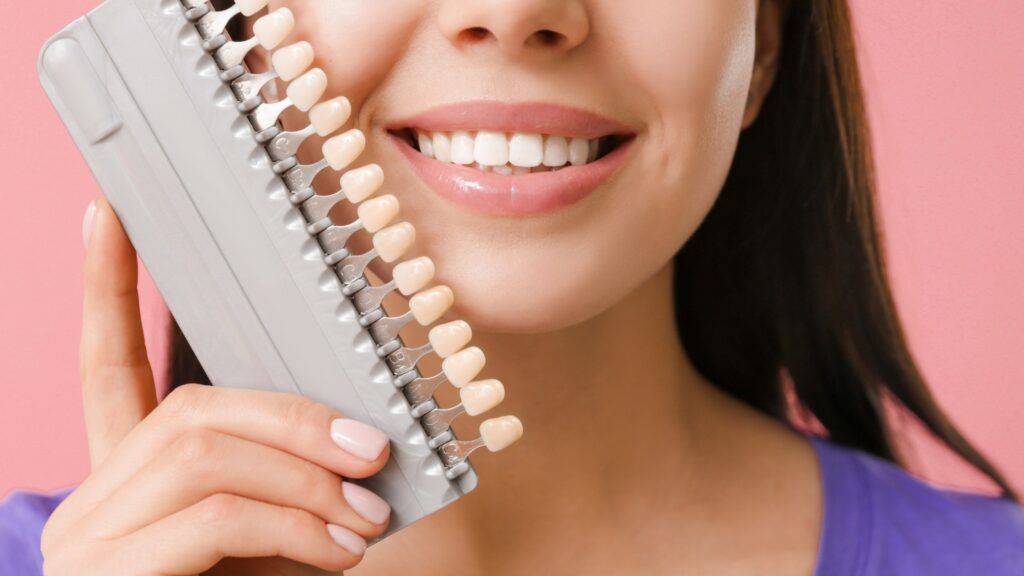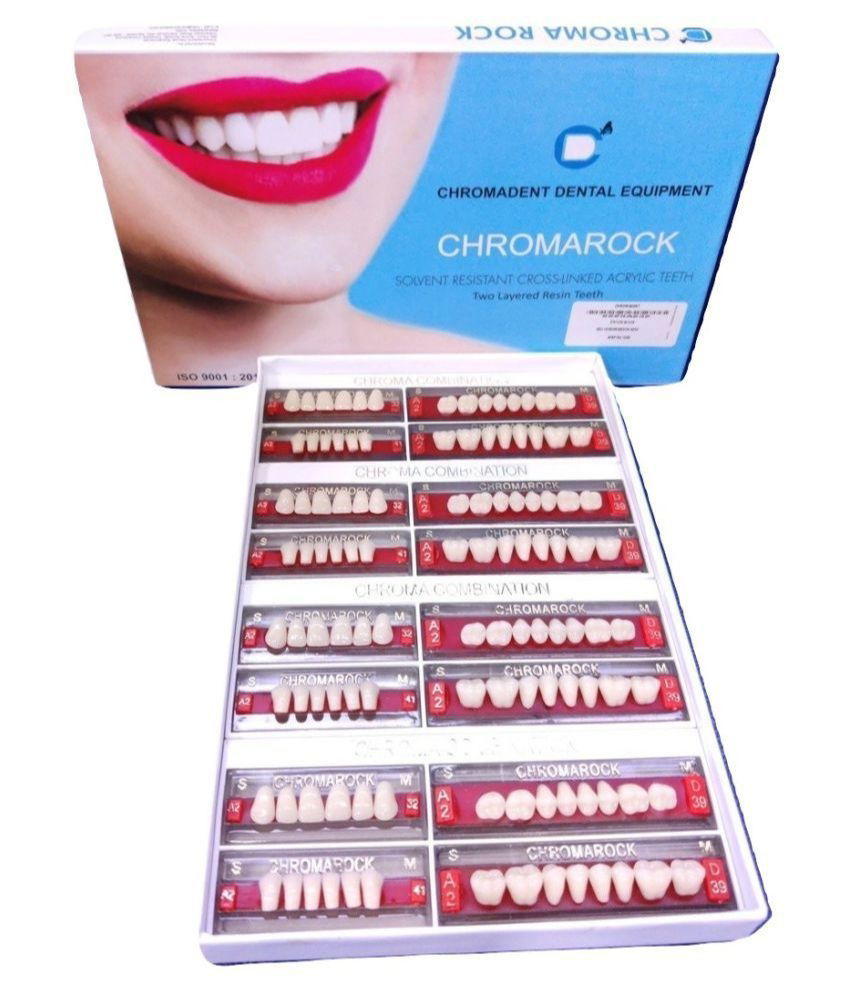Artificial teeth, also known as dentures or dental prosthetics, play a crucial role in restoring oral functionality and aesthetics for individuals with missing teeth. In this comprehensive guide, we will delve into the various aspects of artificial teeth, including their types, benefits, selection criteria, usage, maintenance, and the latest innovations in dental technology.
Types of Artificial Teeth
- Complete Dentures: These are used when all the natural teeth are missing, providing a full set of replacement teeth supported by the gums.
- Partial Dentures: Suitable for individuals with some natural teeth remaining, partial dentures attach to the existing teeth to fill the gaps.
- Implant-Supported Dentures: These dentures are anchored to dental implants surgically placed into the jawbone, providing enhanced stability and comfort.
Benefits of Artificial Teeth
- Restored Chewing and Speaking Ability: Artificial teeth enable individuals to regain the ability to eat a wide variety of foods and speak with clarity.
- Improved Aesthetics: Dentures enhance the appearance of the smile, boosting self-confidence and overall facial harmony.
- Facial Structure Support: Artificial teeth provide support to the facial muscles, preventing sagging and a sunken facial appearance.
- Increased Comfort: The latest advancements in dental technology make modern artificial teeth more comfortable and natural-looking.
Selection Criteria for Artificial Teeth
- Oral Health Evaluation: A thorough assessment of the individual’s oral health is essential to determine the most suitable type of artificial teeth.
- Customization: Proper measurements and impressions are taken to ensure a precise fit, comfort, and optimal functionality.
- Desired Aesthetics: Consideration of the individual’s preferences regarding the color, shape, and size of the artificial teeth.
- Budget and Affordability: The cost of various options, including denture materials, should be considered to align with the individual’s budget.
How to Use Artificial Teeth
- Adapting to Dentures: Initially, there might be a period of adjustment as the individual gets used to wearing dentures. Regular wear and gradually increasing the duration can help in adaptation.
- Proper Cleaning and Maintenance: Dentures should be cleaned daily using a denture brush and soaking in a denture cleaning solution. Regular dental check-ups are also crucial to ensure proper fit and functionality.
Maintenance of Artificial Teeth
- Oral Hygiene: Proper oral hygiene practices, such as brushing the remaining natural teeth (in case of partial dentures), cleaning the dentures, and regular rinsing, are essential.
- Denture Care: Dentures should be handled with care, avoiding dropping them or using harsh cleaning agents that can damage the material.
- Regular Dental Check-ups: Routine dental check-ups allow for adjustments, repairs, and early detection of any issues with the artificial teeth.
Latest Innovations in Artificial Teeth
- Dental Implants: This innovative technology provides a sturdy foundation for dentures, improving stability and functionality.
- Digital Dentures: Computer-aided design and manufacturing (CAD/CAM) technology allow for precise and customized dentures, ensuring a comfortable fit.
- Flexible Denture Materials: Materials like flexible resin provide enhanced comfort and aesthetics, closely resembling natural gum tissue.
Cutting-edge Technologies Used in Dental Implants
In recent years, several cutting-edge technologies have emerged in the field of dental implants to enhance stability and functionality. Here are some of the notable advancements:
- Cone Beam Computed Tomography (CBCT): CBCT is a special type of x-ray imaging that provides a detailed 3D visualization of the jawbone and surrounding structures. It helps in precise treatment planning and implant placement, ensuring optimal stability and reducing the risk of complications.
- Computer-guided Implant Placement: Using computer-aided design and manufacturing (CAD/CAM) technology, dental professionals can create a digital surgical guide that assists in accurately placing implants. This precise guidance allows for minimally invasive procedures and enhances the overall success rate of the implants.
- Immediate Load Implants: Also known as “same-day implants” or “teeth-in-a-day,” this technique allows for the immediate placement of a temporary crown or bridge onto the dental implant post. It reduces the treatment time and offers functional teeth almost immediately after the implant surgery.
- All-on-4/All-on-6 Implant Techniques: These techniques involve the strategic placement of fewer implants (usually four or six) to support a complete arch of teeth. By optimizing the distribution and angulation of the implants, this approach offers excellent stability and enables shorter treatment times.
- Zygomatic Implants: Zygomatic implants are longer implants that anchor into the cheekbones (zygomatic bone) when there is severe bone loss in the upper jaw. This technique provides stability in cases where traditional implants cannot be placed due to inadequate bone volume.
- Osseodensification: This innovative technique involves preparing the implant site by densifying the bone rather than removing it. It improves bone quality, stability, and implant integration, resulting in better long-term success rates for dental implants.
- 3D Printing and CAD/CAM Technology: These technologies allow for the precise fabrication of custom-made implant components, including abutments and implant-supported restorations. They ensure a perfect fit and enhance the aesthetics and functionality of the final implant restoration.
- Nanostructured Implant Surfaces: Implant manufacturers are utilizing nanotechnology to develop implant surfaces with intricate nanostructures. These surfaces promote faster osseointegration (bonding of bone to the implant) and enhance the long-term stability of dental implants.
These cutting-edge technologies are revolutionizing the field of dental implants, offering improved stability, functionality, and shorter treatment timelines. Dental professionals are continuously exploring and implementing these advancements to provide patients with the most effective and reliable implant solutions.
Top Manufacturer of Artificial Teeth
Chromadent Dental Equipments
As a leading manufacturer and global supplier of dental equipment, Chromadent Dental Equipments proudly presents Chromarock, a premium dental solution meticulously crafted to meet the diverse needs of dental professionals worldwide. This innovative product represents the pinnacle of dental technology, offering a versatile and aesthetically pleasing solution for dental restorations.
Crafted from high-quality poly-methacrylate material, Chromarock sets the standard for durability and reliability in dental prosthetics. Its two-layered acrylic construction ensures superior strength and longevity, providing patients with long-lasting dental restorations that withstand the test of time. Designed to withstand the rigors of daily use, Chromarock boasts high abrasion resistance, ensuring enduring performance and patient satisfaction.
Conclusion
Artificial teeth have transformed the lives of individuals with missing teeth, offering restored functionality, aesthetics, and oral health. With an understanding of the types, benefits, selection criteria, proper usage, maintenance, and the latest innovations, both dental professionals and patients can make informed decisions. Stay up-to-date with the latest advancements in dental technology on Medzell, your trusted B2B platform for dental solutions.



